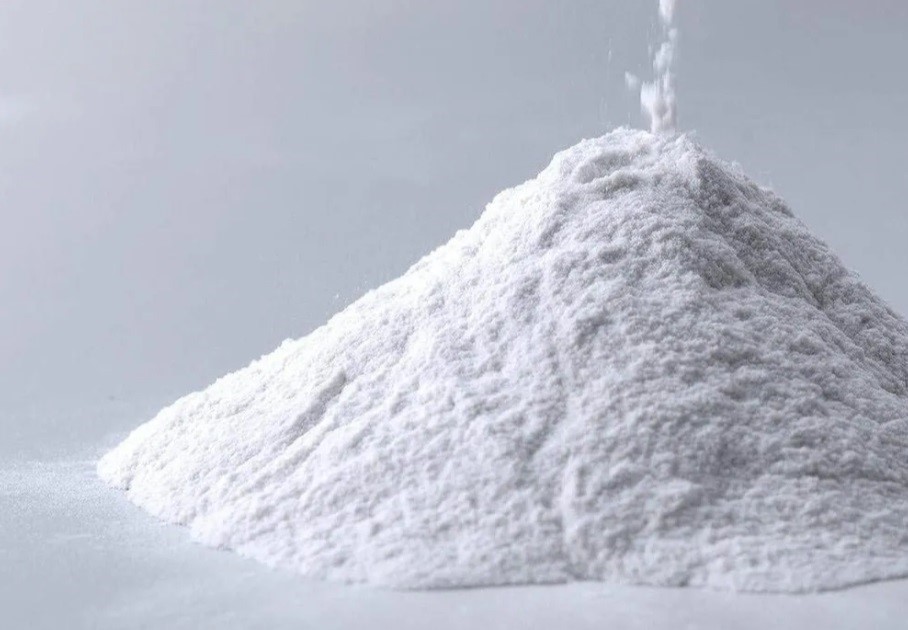

The fuel depot explosion in Conakry, Guinea, just before the year 2023 ended caused fuel sale restrictions, leading to transportation disruption. That led to a fret about bauxite availability in China, given that Guinea is the largest exporter of bauxite ore to China. The incident even led to anticipation that China's alumina output might drop due to the scarcity of bauxite, inducing enthusiastic ore purchases for future stock. Thus, the alumina contract surged to a ceiling high of RMB 3,210 per tonne as of January 3, 2024.

Guinea's share of bauxite imports to China
Guinea's bauxite exports to China have inflated recently in terms of volume. From January to November 2023, Guinea exported 91.1035 million tonnes of bauxite to China, accounting for the latter's total imports. Compared to November 2022, Guinea's bauxite exports to China in November 2023 grew by 41.74 per cent.
Guinean bauxite is significant in China's alumina industry's ore mix. SMM provides data on the usage of Guinean bauxite across the key production areas and analyses potential price impact on domestic alumina.
Shandong province in China had an operating capacity of 27.78 million tonnes of alumina in November 2023, using 57.8 per cent of Guinean bauxite. Henan had 7.52 million tonnes of operating capacity, using 34.4 per cent of Guinean ore.
Overall, Guinean bauxite makes up 41.8 per cent of China's operational alumina capacity, highlighting industry reliance.
SMM has also calculated that a $1 per tonne price rise of bauxite will increase the corresponding average alumina cost in Chinese regions. For instance, Shandong's alumina cost may rise by RMB 12.1 per tonne on Guinean ore's price growth of $1 per tonne. Similarly, alumina prices in Henan and Guangxi will increase by RMB 7.2 per tonne and RMB 6.8 per tonne, respectively.
China's growing dependence on imported bauxite makes Guinean ore crucial for the domestic alumina industry. So, SMM will keep a close watch on the current situation.



Responses






